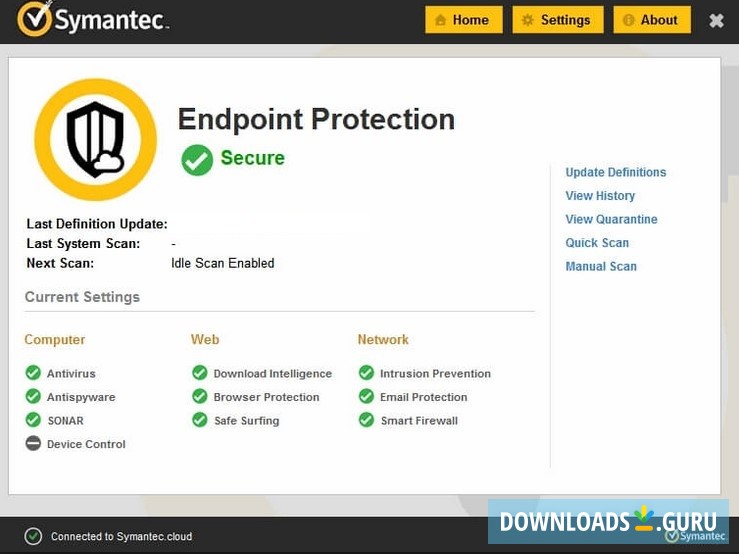

Zimmerman released PGP for free via FTP, making it the first form of public-key cryptography with widespread availability. The first encryption algorithm was called “BassOmatic”, named by Zimmerman after a Saturday Night Live sketch. Zimmerman, who was a staunch anti-nuclear activist, initially created the program so that like-minded individuals could communicate and store files more securely. PGP is an encryption program that was created by Phil Zimmerman back in the internet dark-age of 1991. This means that as long as it is used properly, you can be confident in the security, privacy and integrity of your messages and files. It stands for Pretty Good Privacy, which may not inspire a whole lot of confidence for something that people rely on to keep their communications secure.ĭespite the name–which was inspired by a radio program’s fictional shop called Ralph’s Pretty Good Grocery–PGP is a form of encryption that does not have any publicly known ways of being broken. These dangers are part of why PGP was invented–to bring some semblance of privacy and security to the Wild West that is email communication. A person’s stalker could even be reading everything that goes through their inbox. Your personal messages can be snatched by hackers who might use it to commit identity fraud, while important government messages can fall into the hands of spies. If you need to send something valuable or sensitive, normal email just isn’t suitable. It can be intercepted and tampered with, all without you or the recipient’s knowledge. When your email leaves your account and gets sent across the internet, it transits through networks that are beyond your control.

You may not be aware, but email isn’t a very secure way to communicate. While these are all important features, this article will mainly focus on using PGP encryption for email, PGP’s most widespread use. You can use it to encrypt your hard drive, instant messages, files and more. On top of this, PGP can be used to encrypt other things besides email. It does this by using something called digital signatures, which we will cover later in the article. It also allows recipients to verify whether a message is authentic or if it has been tampered with. PGP’s core function is to enable its users to send secure messages without needing a prior introduction, but that’s not all it does. PGP encryption is an integral part of high-security communication.What are the limitations of PGP encryption?.It’s a conundrum that PGP has managed to solve with something called public-key encryption (don’t worry, we’ll cover what this is later), which allows its users to send secure and encrypted messages to people even if they’ve never met before, let alone had a chance to prearrange a code.
#SYMANTEC ENCRYPTION DESKTOP VERIFY KEY CODE#
If you send the code alongside the coded message, then anyone that intercepts the message can access the contents just as easily as the recipient.

If you haven’t shared the code beforehand and use it to encrypt your message, then your friend will have no way to decipher the coded message when they receive it. Systems like this work fine in many different types of encryption, but there is one major flaw: How can you send a coded message to someone if you haven’t already had a chance to share the code with them? One of the best solutions would be to alter it with a secret code that only you and the friend know, so that if anyone intercepts the message, they can’t read the contents. Let’s say you needed to send a sensitive message to a friend without anyone else discovering its contents. There’s a lot more to it, but this is the fundamental aspect that has made it so useful. PGP ( Pretty Good Privacy) encryption has become a mainstay of internet privacy and security for one main reason: it allows you to send a coded message to someone without having to share the code beforehand.


 0 kommentar(er)
0 kommentar(er)
